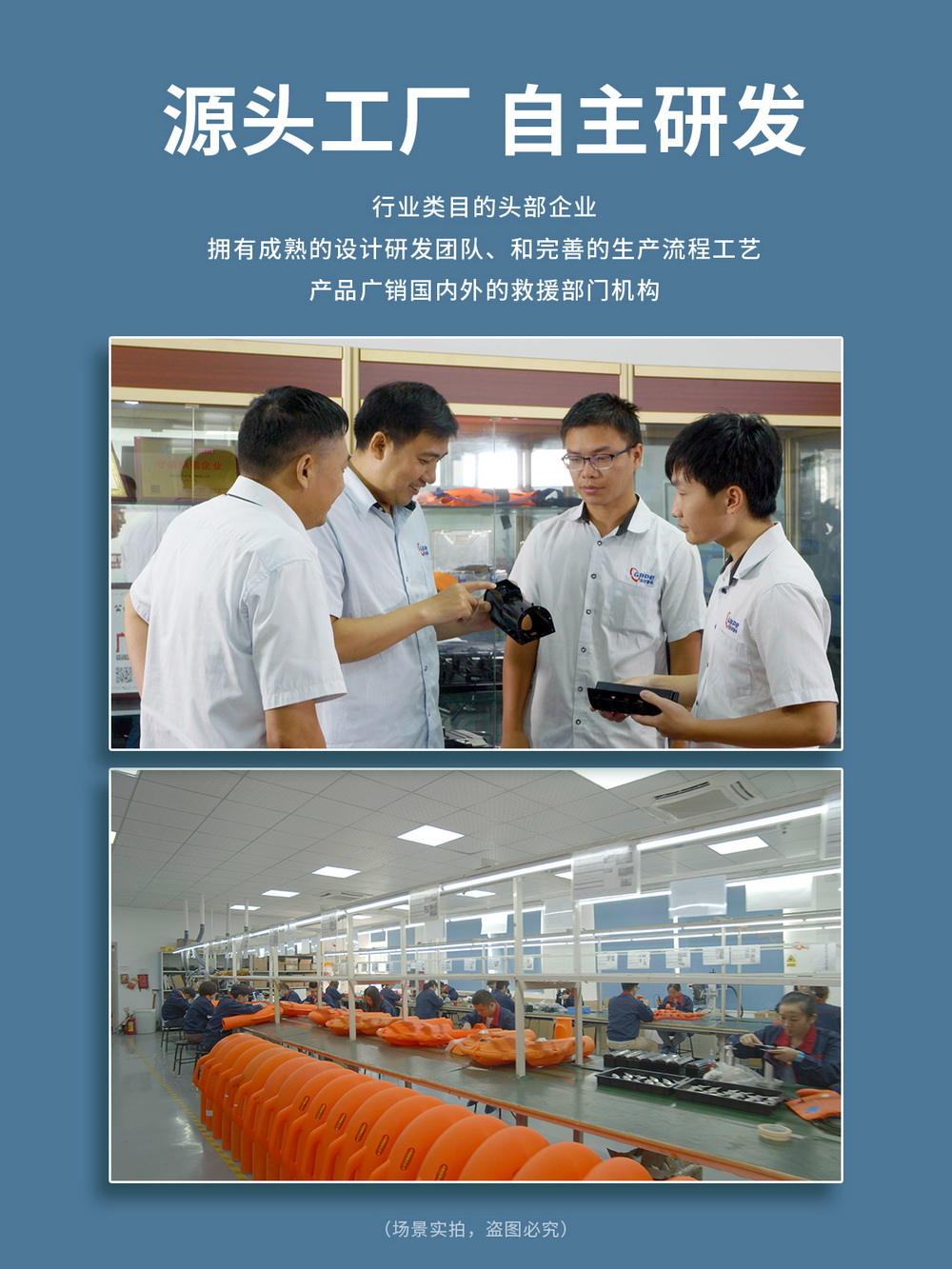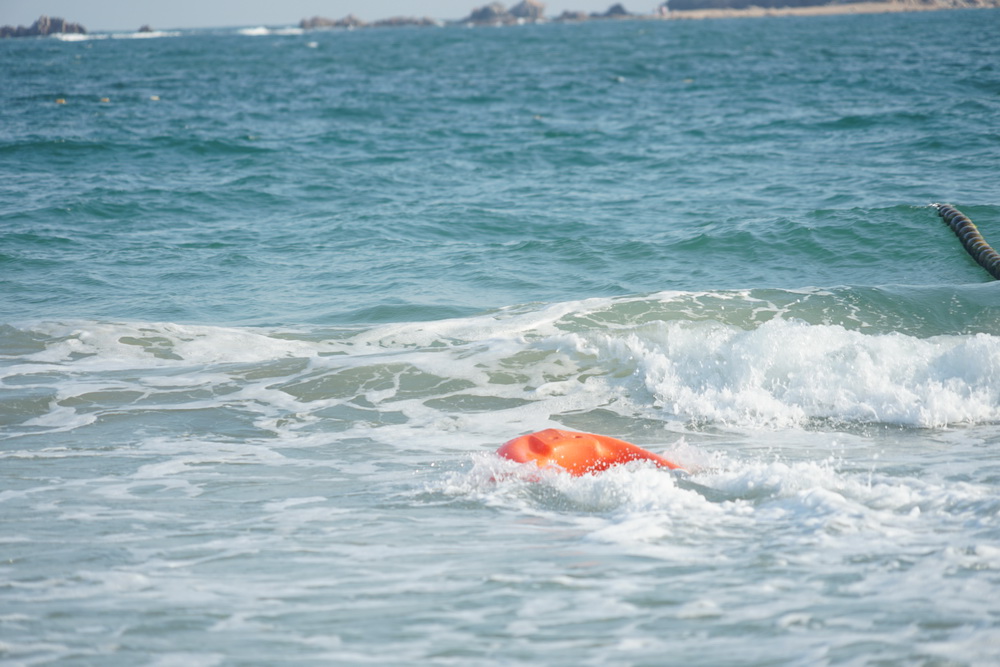In the development of modern water rescue equipment, the material selection for the Water Rescue Flying Wing directly impacts product performance, service life, and reliability in extreme environments. As an intelligent rescue device widely used in complex water bodies such as rivers, lakes, and seas, the Water Rescue Flying Wing must possess lightweight construction, high strength, impact resistance, and excellent corrosion resistance. This article delves into key considerations in materials science for the Water Rescue Flying Wing, along with standards and practices for corrosion resistance testing.
Importance of Water Rescue Flying Wing Material Selection
At the initial design stage of the Water Rescue Flying Wing, the physical properties and environmental adaptability of materials are primary concerns. Common candidate materials include high-strength engineering plastics, carbon fiber composites, aluminum alloys, and special stainless steels. High-strength polypropylene (PP) and fiberglass-reinforced plastic (FRP) are widely used in the housing of the Water Rescue Flying Wing due to their excellent water resistance, UV resistance, and low cost. Internal structural components are often made from aerospace-grade aluminum alloys or stainless steel to ensure structural stability under high loads.
Moreover, lightweight design is crucial for the Water Rescue Flying Wing to achieve efficient maneuverability. Excessively heavy materials not only affect flight or surface gliding speed but also increase battery load, shortening operational endurance. Therefore, the ratio of material density to strength becomes a critical selection criterion.
Water Rescue Flying Wing Corrosion Resistance Testing Standards
Since the Water Rescue Flying Wing is often exposed to freshwater or seawater environments for extended periods, corrosion resistance is a core parameter in evaluating its durability. Standard testing procedures typically include salt spray testing, immersion testing, and UV aging testing.
- Salt Spray Testing: Simulates high-salinity marine environments by placing key metal components of the Water Rescue Flying Wing in a 5% sodium chloride solution fog environment for over 96 hours, observing signs of rust, coating peeling, or other degradation.
- Immersion Testing: Fully submerges the entire unit or key components in freshwater and seawater samples, periodically checking for changes in weight, surface integrity, and electrochemical performance.
- UV Aging Testing: Uses artificial accelerated aging equipment to simulate long-term sun exposure effects on plastic housings, ensuring the Water Rescue Flying Wing maintains structural integrity and color stability after prolonged outdoor use.
Water Rescue Flying Wing Durability Performance in Real-World Applications
In multiple real-world water rescue operations, Water Rescue Flying Wing units that have undergone rigorous corrosion resistance testing have performed exceptionally. For example, during surf rescue missions in coastal cities, the equipment operated continuously for three months in high-salt, high-humidity conditions without structural damage or propulsion system failure. This performance is attributed to the perfect combination of UV-resistant engineering plastics for the housing and stainless steel internal frames.

 .
.


Additionally, some high-end models of the Water Rescue Flying Wing employ nano-coating technology, further enhancing surface hydrophobicity and anti-corrosion properties, effectively extending maintenance intervals.
Conclusion
As a vital component of modern intelligent rescue systems, the Water Rescue Flying Wing cannot overlook material selection and corrosion resistance testing. Scientific material application and rigorous testing procedures not only enhance equipment reliability and safety but also save critical golden time for rescuers and victims. In the future, with advancements in new material technologies, the Water Rescue Flying Wing will achieve even greater breakthroughs in performance and durability.




















 Current Position:
Current Position:












